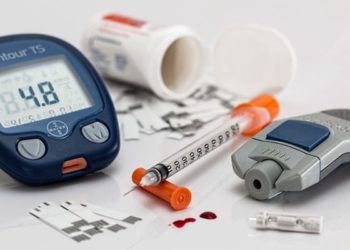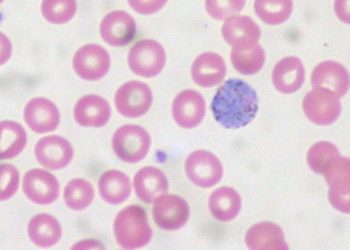Though associated with rising costs, the majority of publicly-funded cancer medications included in Ontario, Canada are those with substantial survival benefit
1. Roughly 65% of the cancer medication budget is allocated to treatments that provide improvement in survival
2. Immune checkpoint inhibitors represent 17% of the cancer medication budget
Evidence Rating Level: 2 (Good)
Study Rundown: The incidence of cancer is increasing yearly, and many cancer medications are publicly funded in the most populous province of Canada, Ontario. The cost of these medications is roughly half of the total government spending on cancer care in this province. Many of these therapeutics have been shown to have marked improvement in progression-free survival or quality of life, but some covered medicines have a more modest effect. This study explored the costs and value of cancer medications in Ontario. In this province, there are two publicly funded drug programs offering covered therapeutics for cancer in outpatient settings: the Ontario Drug Benefit Program (ODBP), which covers oral medications and take-home injections, as well as the New Drug Funding Program (NDFP), which covers parenterally administered cancer treatments. Over the past ten years, the cumulative costs of cancer medications have increased by about 15% yearly. In the final year of the study, it was found that immune checkpoint inhibitors were the class of medications with the largest expense at 17% of the cancer medication budget. It was found that 10% of the total budget (amounting to roughly $53 million) was for medications that did not have evidence of any overall survival benefit. Disease sites with the greatest associated costs were lung cancer, breast cancer, and melanoma. Limitations to this study include that only data from public-funding programs were included and expenditures associated with private insurance or out-of-pocket costs were omitted. Additionally, medication costs noted in the study may be overestimated as manufacturer rebates were not accounted for. Overall, the results from this study suggest that, though many covered medications for cancer treatment provide value in terms of survival or quality of life, there is a non-significant proportion which offers less benefit and may require re-assessment for inclusion in the funded programs. This will be increasingly important to consider as novel cancer medications are approved under publicly funded systems.
Click to read the study in The Lancet Oncology
Relevant Reading: An arm and a leg: the rising cost of cancer drugs and impact on access
In-Depth [cross-sectional study]: Data was obtained from Ontario provincial formularies over 10 years (2012-2022) to determine which cancer medications were funded in these programs (both biosimilars and generics were included). It was determined that 89 cancer medications were funded under various programs of Ontario’s health care system in the first fiscal year of the study (2012-2013) compared to 167 in the final fiscal year of the study (2021-2022). The total increase of costs in the ten years was roughly 15% per year and this rate was greater in recent years but remained similar between oral and intravenous medications. The costs for these medications doubled in the first 6 years of study data from $497 million in 2012-13 to $919 million by 2017-18 and then doubled again in the final 4 years of the study reaching $1.7 billion in 2021-22. Eighty-three percent of the total yearly cost for intravenous medications was attributed to the top ten medications, this number was 67% for oral or injectable medications.
Image: PD
©2024 2 Minute Medicine, Inc. All rights reserved. No works may be reproduced without expressed written consent from 2 Minute Medicine, Inc. Inquire about licensing here. No article should be construed as medical advice and is not intended as such by the authors or by 2 Minute Medicine, Inc.






